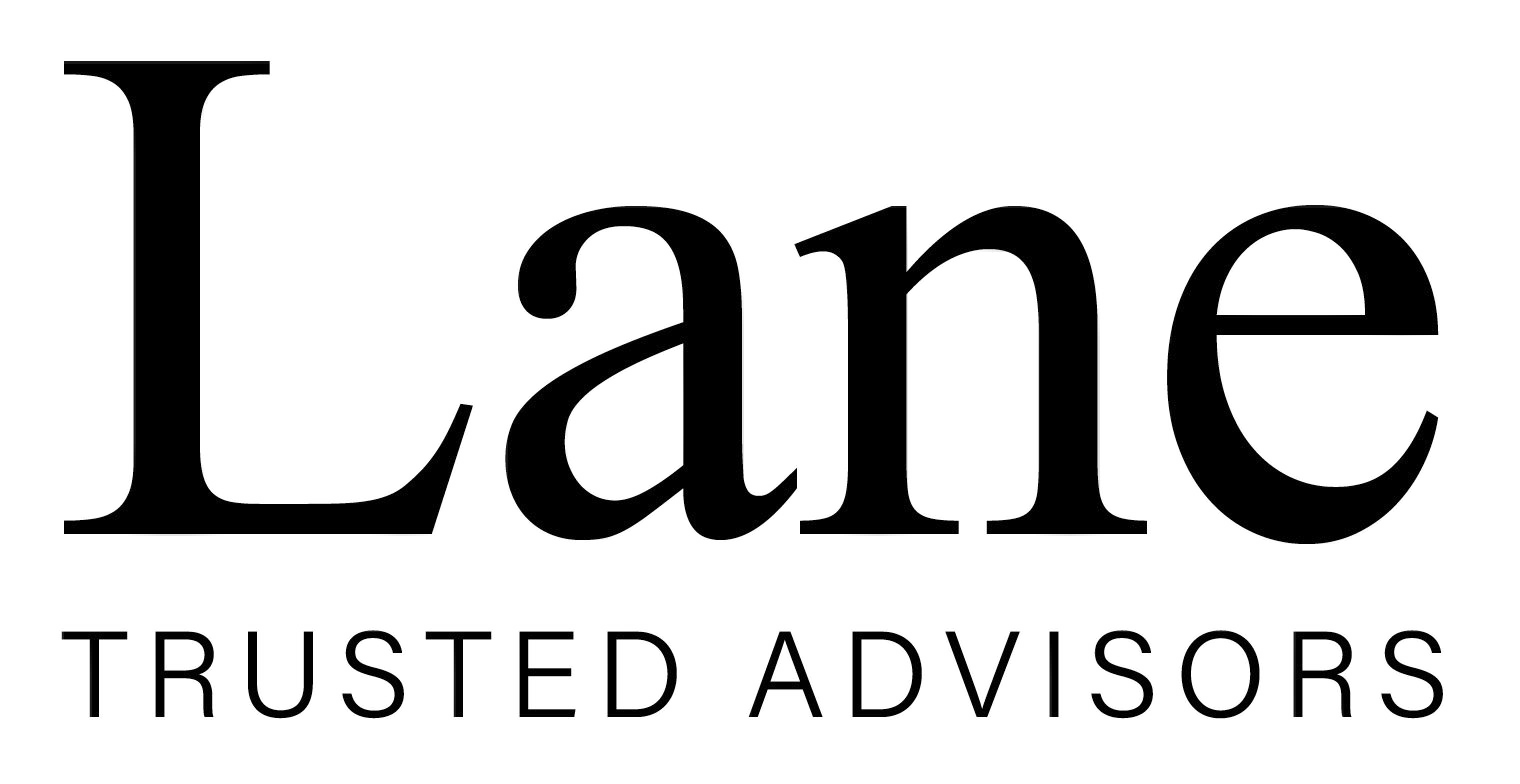December 14, 2011
Why is Executing Change so Challenging?
- People will resist change. Some of the strongest resistance will occur from what people ask for. Why? “Uninformed Optimism is always followed by “Informed Pessimism” and humans will choose the comfort of familiarity over the anxiety that comes with the unknown.
- We live in an era of perpetual change/unrest. We have more unrest today than 20 years ago. In fact we have only just crossed the threshold of perpetual unrest. We need to expect more change. Today represents the least amount of ambiguity we will face. So, we need to stop assuming we are one project away from things settling down.
- We’ve run out of the resources required to deal with change. Absorbing change requires physical, emotional, and intellectual energy. On any given day human being can only absorb so much change before capacity reaches overload and they are pushed into “future shock”. The dysfunctional symptoms of “future shock” occur when the demands for adaptation to change exceed the current adaptation capacity. What is change related dysfunction? – Any action or feeling that diverts resources away from meeting productivity and quality standards.
- We incorrectly focus an inordinate amount of energy into trying to make people feel comfortable during a major change. Reality is they won’t – dramatic change is uncomfortable. The leader’s role in change is not to make people feel happy about the change: it’s helping them succeed despite their discomfort. It is not necessary for people to like what has happened to them – it is necessary that they make adjustments that will help them succeed in the new environment.
5. We focus on getting the change “installed” (e.g. # people trained, $ spent, # computers on desks) and miss “realizing” the return on investment expected from the change (i.e. the fundamental purpose for the change, the outcomes that were promised). What is behind this gap? The human side of change! It is the humans in the landscape that achieve the results not the change “containers” we buy or build. People need to be readied to absorb the disruption and adapt to the change.
Robert H Lane and Associates Inc Contact: Laneconsul@sympatico.ca
Thoughts about Handling Change Robert Lane and Associates Inc December 2011
There are a few strategies for successfully realizing the Results in Change:
- Look for ways to decrease unnecessary demands on existing resources. Leaders need to consider the aggregate effect of incremental changes. Change projects need to be driven by whether or not they are an organizational imperative. Change projects should generate “such value that the cost for failing to implement them would be prohibitively high”. They are beyond good ideas – they are critical to organizational survival. Other ideas must be rejected or put on hold.
- Increase the organization’s capacity and resilience for dealing with the disruption of change, People need to be able to absorb change if organizations are going to be effective. We can increase capacity by carefully and diligently managing the human side of change (i.e. the transition). We can increase resilience by seeking out and enhancing personal resilience. Resilient people are Positive, Focused, Flexible, Organized and Proactive.
- Follow a process for managing change and transition – As leaders we need to deal with both what is changing and the impact of that change on the people.
Managing Change vs. Managing Transition
Change is the shift in the external situation; the thing that has changed. It can happen fast. Transition is the reorientation people need to make in response to the change. This can take time.
To be successful in both the implementation and in helping people we need to manage both the change and the transition.
A transition management plan is a necessary component of a change management plan and presumes that the underlying change is being well managed.
A well-managed change ensures that:
- There is an identified Executive Sponsor for the change
- Leaders understand the shifting roles of Sponsors, Implementers Agents and Advocates during change
- Change teams are set up as needed (e.g. implementation, transition, communication, etc.)
- The need for the change has been effectively established and communicated to everyone – more than once using a variety of medium.
- The impacts of the planned change – indirect, as well as direct – have been identified and communicated.
- Those who will be impacted by the change have been involved in the planning, or at the very least, will be involved in its implementation.
- The details of the implementation are generally understood as they emerge and are modified to fit changing circumstances

